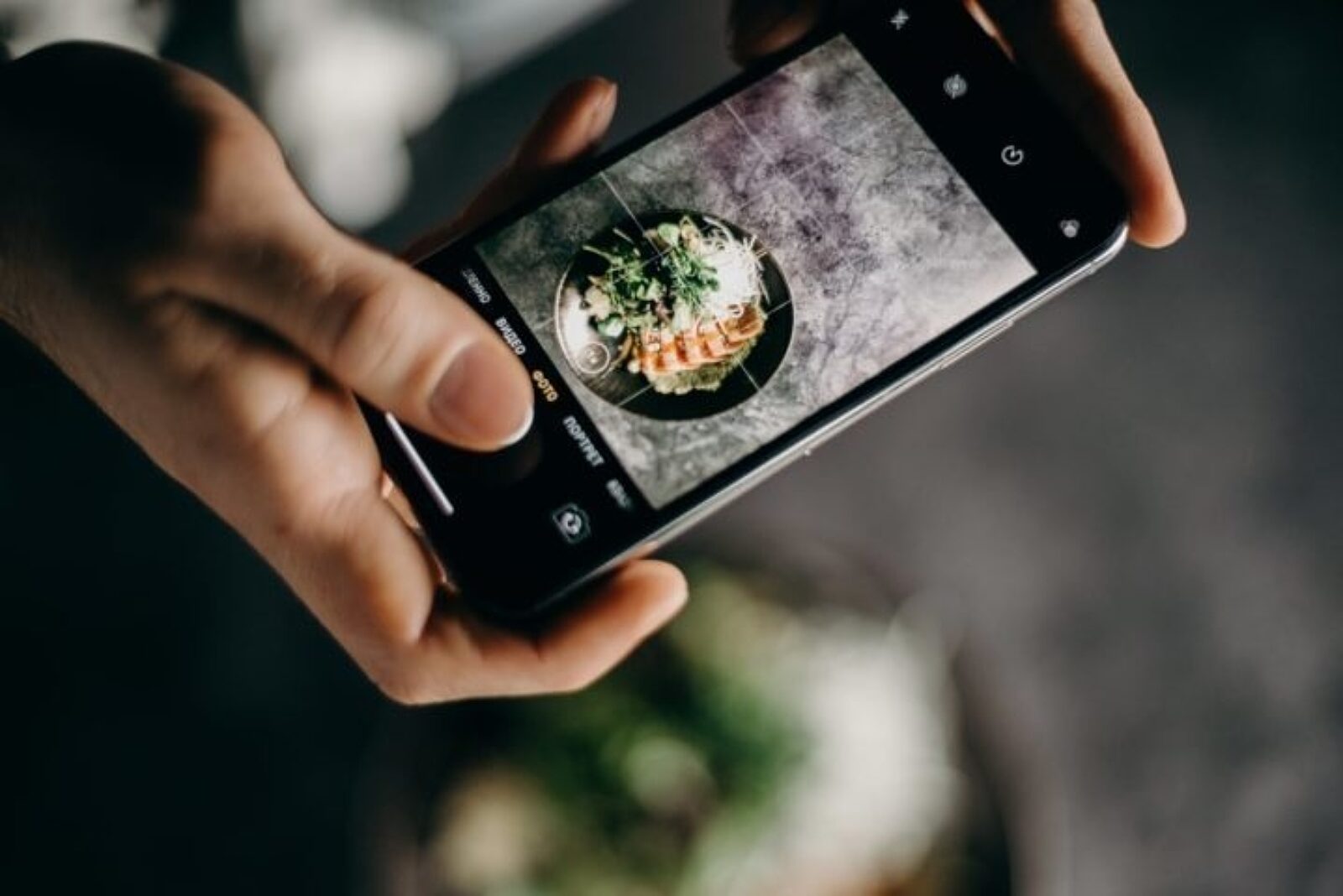
How to Create Your Restaurant Marketing Budget
Planning your restaurant promotions with a budget in mind will help streamline your success now, and later.

Robert HaleAuthor
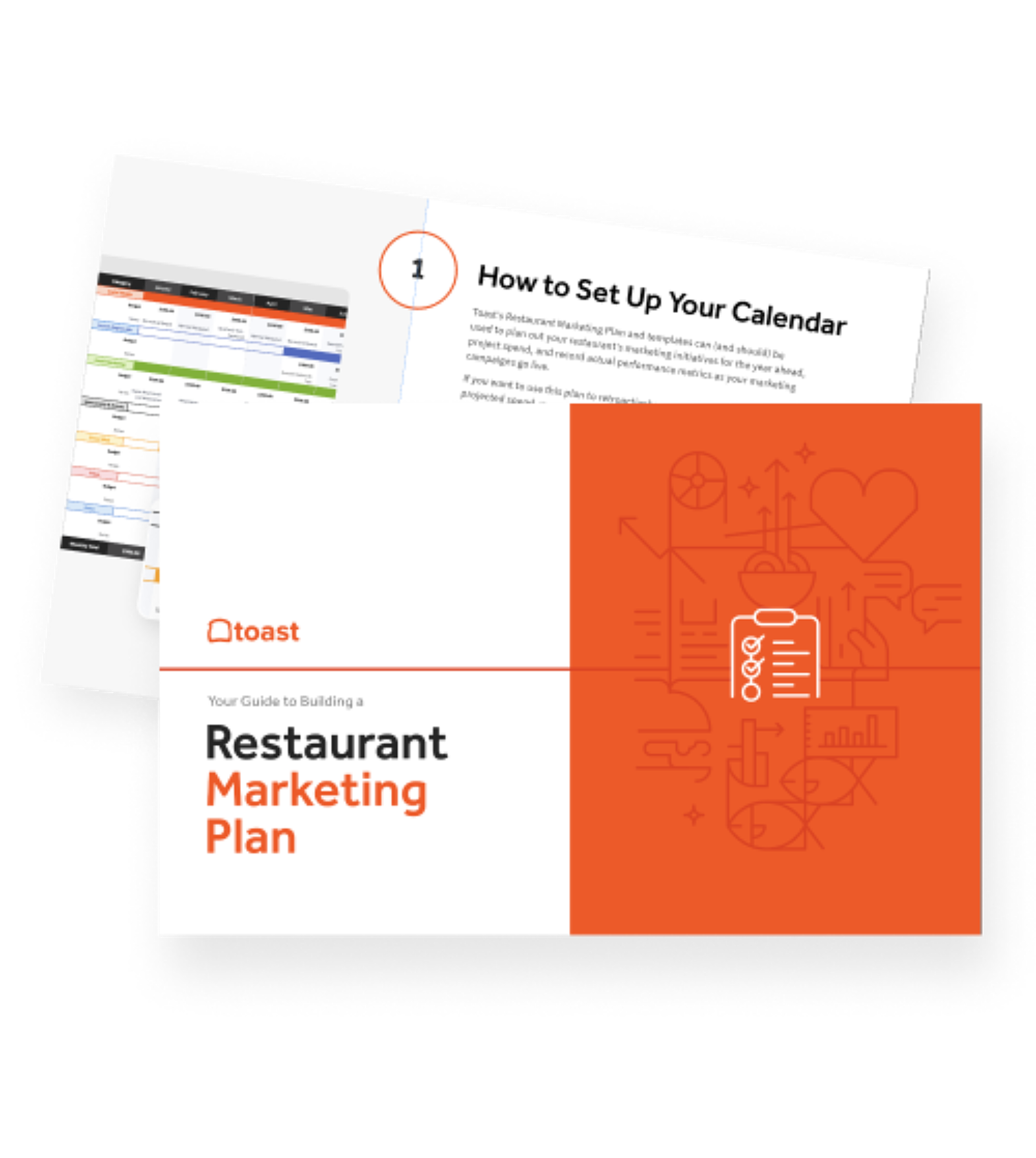
The COVID-19 pandemic has brought seismic changes to the way restaurants operate, from staffing to menus to cleaning procedures. Restaurateurs are also refining and retooling their marketing strategies, because now — more than ever — restaurant marketing is critical to success.
Restaurateurs across the country are increasingly marketing mostly online. They are also prioritizing customer communications to let their audiences know how they can support them. And they’re getting creative: from Zoom backgrounds to DIY meal kits, restaurant owners are using what they have to continually show off their menu items, promote their business, and reaffirm their role in their local communities.
Keeping customers engaged digitally through marketing channels like social media, email marketing, your website, and paid online ads will keep your restaurant top of mind. You’ll be able to continually engage with and respond to your guests to provide the best overall customer experience, even at a distance.
Let’s take a look at a typical restaurant marketing budget. And then we’ll dig into how to make changes to your previous marketing plan to more effectively use the budget you have. (You don’t want to waste a dollar that could otherwise go toward your staff, rent, or inventory.)
We'll also outline some of the most popular restaurant marketing channels and how you can optimize your presence on each.
Restaurant Marketing Plan

How Much Do Restaurants Spend on Marketing?
According to the 2019 Restaurant Success Report, 67% of restaurants pay for social media ads, 53% pay for community, event, or charity sponsorships, 42% pay for Google or search engine ads, and 32% pay for newspaper or magazine ads.
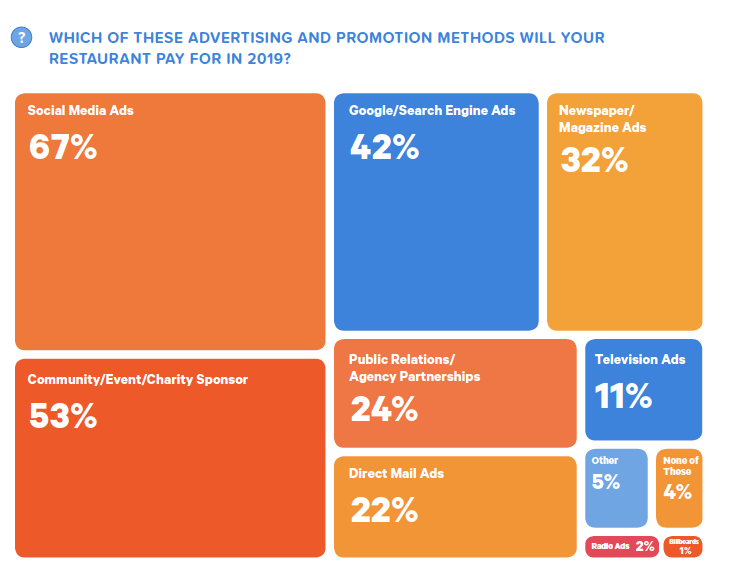 Almost all marketing activities can either be done for low cost or could necessitate an extensive budget — for example, you can run your social media channels for free, or you can pay to boost your posts and extend your reach. So it’s helpful to plan thoroughly so your time and money don’t go to waste. Being aware of your primary customer persona, along with which marketing channels attract those types of customers, is a good place to start.
Almost all marketing activities can either be done for low cost or could necessitate an extensive budget — for example, you can run your social media channels for free, or you can pay to boost your posts and extend your reach. So it’s helpful to plan thoroughly so your time and money don’t go to waste. Being aware of your primary customer persona, along with which marketing channels attract those types of customers, is a good place to start.
If you haven’t yet built out a customer persona, now is the time to do so. Narrowing down a customer persona will help you understand where your customers are and what they're looking for. Once you know who you want to reach, try out different marketing channels to see where you get the most customer engagement.
You may find that marketing tactics that work well for you may not have the same results for your neighbor. That’s because there's really no one-size-fits-all approach to restaurant marketing.
Restaurant Marketing Budget Breakdown
Using Toast's free, customizable Restaurant Budget Template, set aside a sum to cover marketing without worrying about how it may affect other areas of your business. As you conduct marketing campaigns across your chosen restaurant marketing channels, test out spending more or less on certain initiatives, and see what impact that has on customer engagement.
Under current circumstances, your marketing spend might be lower than usual. All the channels listed below, when utilized correctly, can also have a huge impact on your business even without putting spending power behind them.
So what is restaurant marketing worth to your business? Let's break down the different line items you should consider adding to your restaurant marketing budget and why they're important for your marketing strategy.
1) Social Media Budget
How is social media for restaurants different from other industries? In many ways, it isn’t. Most of the best-known practices for social media marketing extend into the restaurant industry. However, there are many ways in which restaurants can utilize their ingrained creativity and artistry to bolster their social presence and amplify their overall marketing strategy.
This channel has become critical for restaurants to manage reviews, push out daily specials, and even act as their primary website. Social media marketing can be broken down into organic (or free) posting and paid posting.
Organic social media is great for low spend and slow growth. If slow growth isn’t what you’re looking for or you want to reach a larger audience, you can boost your organic posts, or pay to have them seen by more potential customers. Here are some factors to consider when paying for social media marketing:
Audience Size and Reach
A bigger audience requires a bigger budget. If your budget allows it, spending more will get your posts seen by more people and will bring in a larger return on investment.
Frequency
Perhaps one ad is enough if you have a big, one-time event you’re promoting, but if you just opened a new location, you may need to post more frequently.
Use your restaurant point of sale to analyze when your slowest times are, and send out your ads in congruence with when your restaurant isn’t busy to drive traffic during those times.
Imagery and Content
It may seem simple, but constantly communicating your offerings to your customers is a great way to put your restaurant front and center.
Your social media communications can be as natural and conversational as you want, or you can put spend behind a photoshoot and a designer to strengthen your brand and visual identity. Either way, creating compelling, empathetic content will set your brand apart and drive your customers to purchase. And always photograph your food in natural light!
We’re highlighting that we are open on all our social media daily, and our hours and phone numbers. We’ve expanded our online menu to include many more of our retail items; our coffee, our jams, our bread, things that normally people would come in and buy we are highlighting on our online menu now.
MICHELLE NOMIDES
GENERAL MANAGER AT ATWATER’S KENILWORTH LOCATION
Guide to Restaurant Social Media Marketing

2) Google & Search Engine Ads
Google alone sees 5.6 billion searches a day. Having ads at the top of a search result can be a great way to get your name in front of hungry customers. Google requires you to bid on search terms, so it’s good to have a grasp on which keywords will benefit your restaurant the most.
Generally, there are two areas to focus on to set you up for success, as well as gauge how much you’ll need to spend:
Specificity of keywords
Frequency with which the keyword is searched
The challenge is that every time someone clicks on your ad, you will be charged, so it's important to focus on keywords that you believe have the highest likelihood of bringing in customers.
Which keywords should I go after?
Targeting a keyword like “best places to hold a holiday party in Austin” may seem like a good idea, but it’s not specific to restaurants, so you are up against unnecessary competition.
Narrowing your keywords to target “best restaurants to hold a holiday party in Austin” would give a better result.
You may find that only a handful of people search this a month, and so it won’t give you a ton of return. You can broaden the term (i.e. "best restaurants in Austin"), but even better would be to identify as many terms as possible to bid on at the same time. The more specific search terms you choose to bid on, the greater the opportunity to drive more awareness to your restaurant.
Using Google AdWords, you can set your restaurant's budget and choose which terms to target. You can target multiple keywords and Google will tell you which ones are likely to be searched by your audience to help you determine the best keywords to bid on.
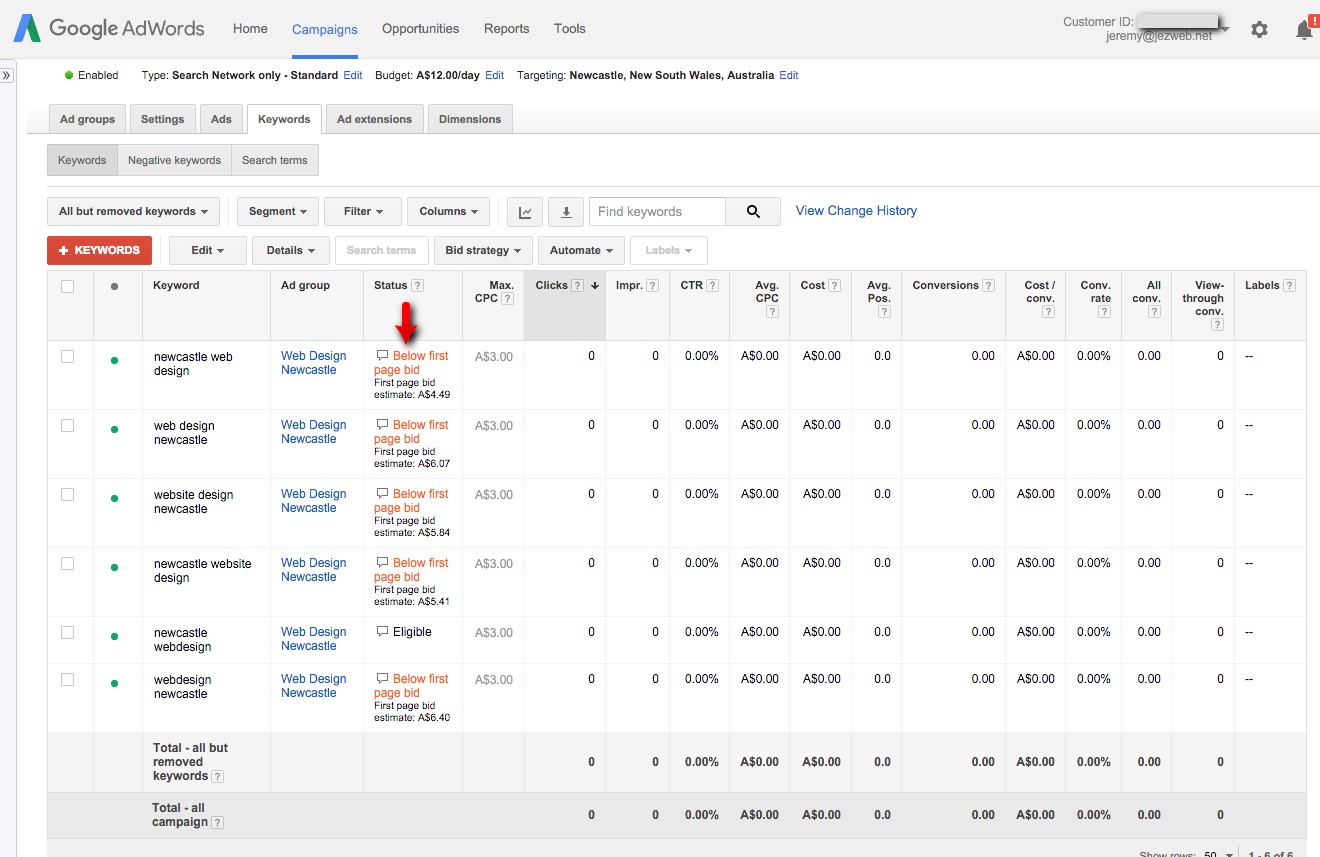
3) Email Marketing
Using email to market your restaurant can be a relatively easy and inexpensive venture, especially for smaller restaurants. You can target a large audience all at once, while still creating a personalized experience for each recipient. Depending on what email marketing software you use, you can use customer purchases to suggest menu items, send re-engagement emails to guests that haven’t been in your restaurant recently, or send birthday and anniversary coupons to celebrate customer milestones.
Size of Audience
Most email marketing programs charge more for a higher number of audience members, so if you have thousands and thousands of customers, you may need to budget a bit more.
Frequency
How often you send emails is one of the biggest concerns when evaluating your budget and strategy. If you overload a guest’s inbox, you will quickly end up in their spam folder — which is bad for your business in the larger scheme of just annoying that one customer. If a high number of people mark your emails as spam, your sender score will decrease, which can impact the deliverability rate of your emails across the board.
According to Toast’s 2019 Success Report, 87% of guests said they’d like to receive coupons or promotional emails, so this is what you should strive to deliver, with a respectful and appropriate cadence.
Logan Hostettler at The 1894 Lodge took full advantage of email marketing early on in the pandemic to promote their online ordering platform. Their most successful campaign showed guests through a screen-shared video how exactly they can submit, pay, and pick up their order from The 1894 Lodge.
That email alone brought in $2,300 just in that first week.
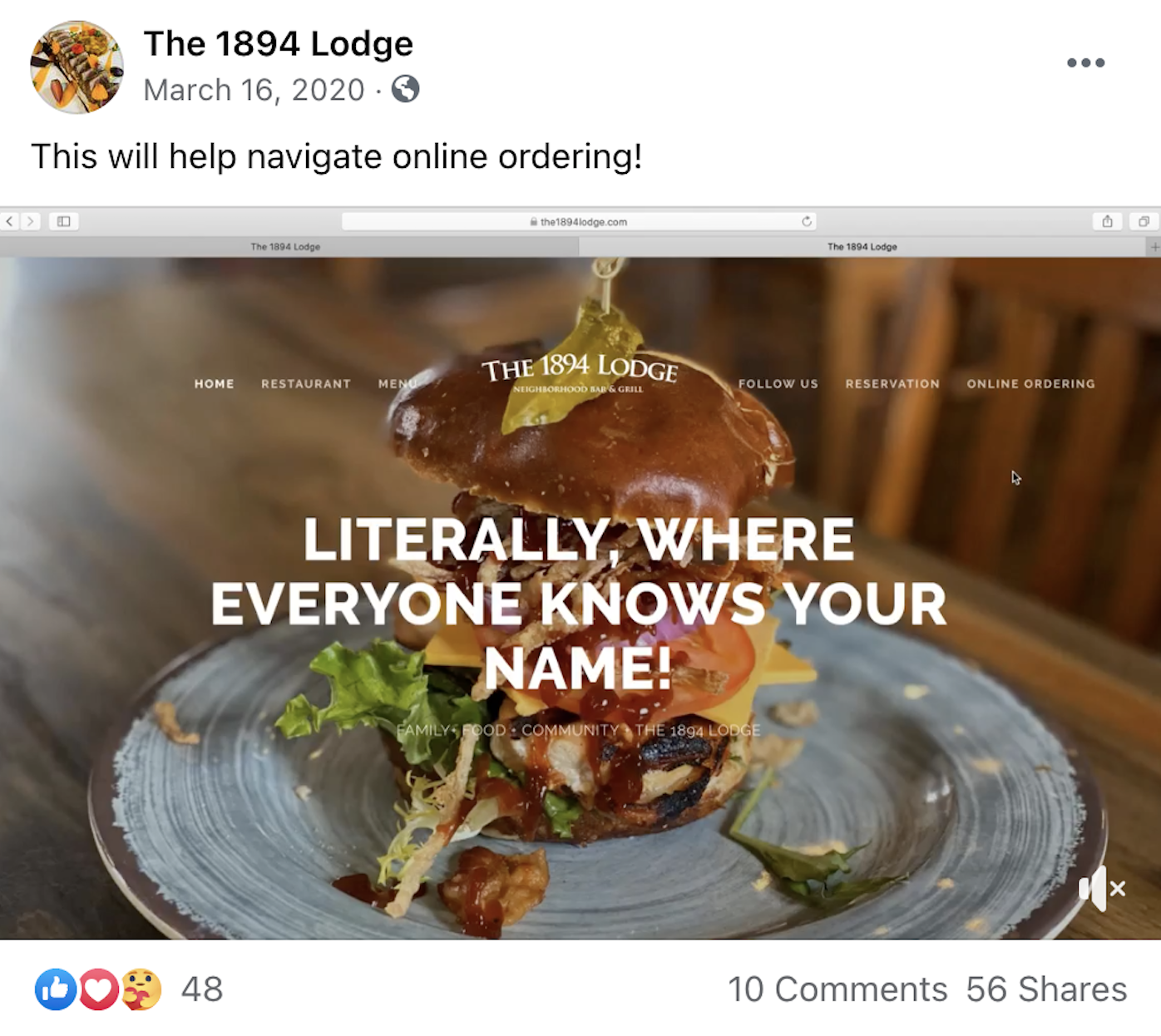
4) Community Events & Sponsorships
Giving back to the community and sponsoring events can be a great marketing tactic because restaurants, like the community, are highly local.
How much you’ll need to spend on this can seem hard to measure when compared to other marketing tactics. After all, your restaurant can give $100 to a local charity, or your restaurant enterprise can partner to raise $10 million for a nation-wide charity.
Sponsorship budgets vary widely. For example, Chipotle frequently hosts give-back nights, where local groups partner with the restaurant to increase sales in exchange for a cut of the revenue. The flyer below shows that Chipotle will give 50% of proceeds from sales directly attributed to the event back to the fundraisers. In this situation, the budget is totally dependent on how many people go to Chipotle and bring the flyer. Either way, Chipotle sees more sales and the group raises funds — it’s a win-win.
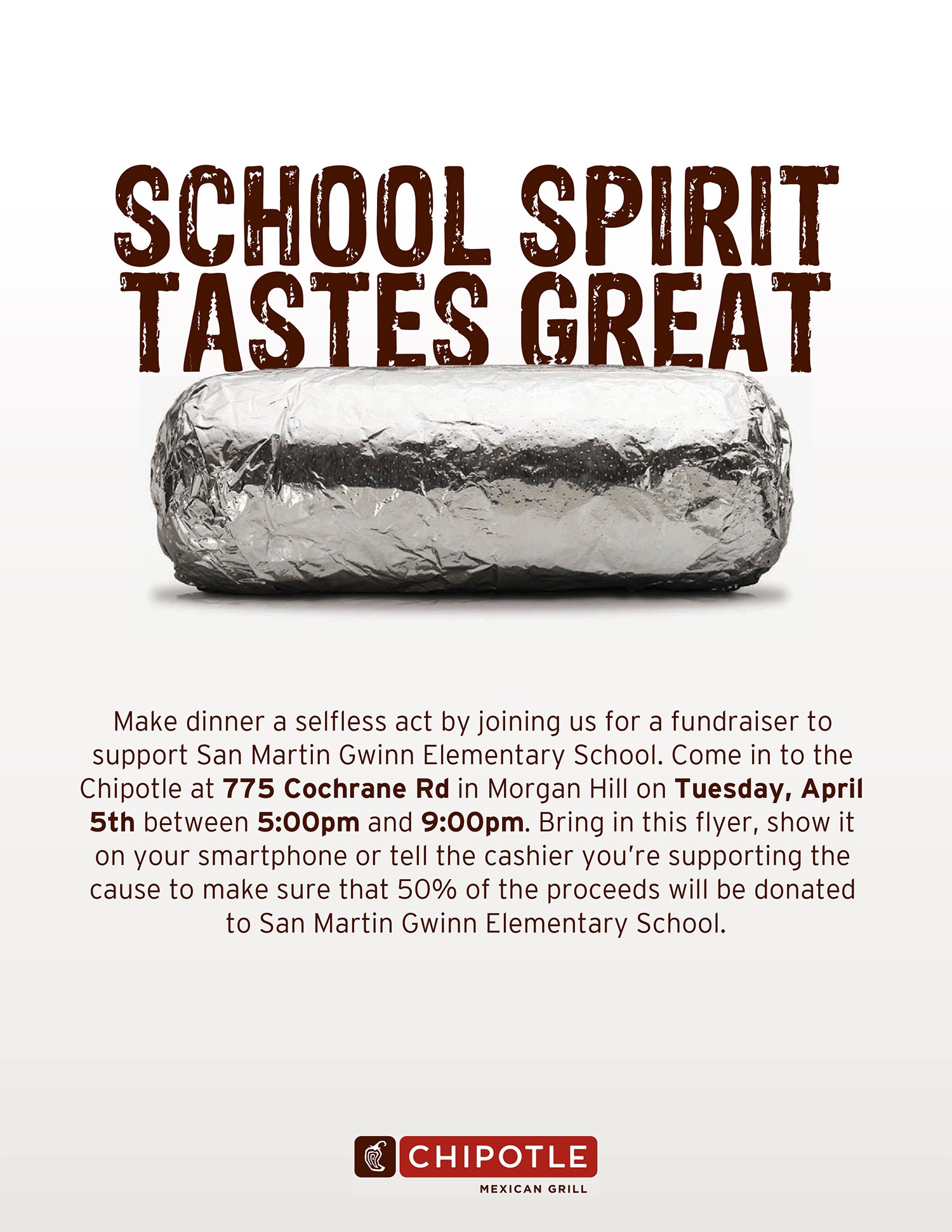
Reach
It’s important to note that sponsorship often extends beyond just the event itself — if you sponsor an event, you’ll be included in all the promotion and marketing the organization will be doing, like press releases about the event, ads, or even word-of-mouth.
Engagement
Engagement is often higher if you align your restaurant with an event that matches your concept.
For example, a paid social ad may address a 50,000 person town at a low cost, but if you instead sponsor a festival full of food lovers, they’re more likely to engage with your sponsorship than other channels.
Brand Value
Lastly, and hardest to measure, is the brand value of being associated with sponsorship.
For established companies, sponsorship may not give you any more brand value, but for newer restaurants, or restaurants expanding into new markets, being a sponsor can give people motivation to engage with your business much more than one ad can.
You’re also reflecting your core values through your sponsorship ventures, and that’s important to many diners. By taking part in sponsorship or community events, you’re showing your guests you care about your local community.
5) Video
In 2019 it was estimated 80% of all internet traffic was video-based. In addition, video content generates 1200% more shares than text- and image-based content.
The cost of YouTube ads ranges between 10 and 30 cents per view. As for TV ads, local ads range from a couple of hundred dollars to $1,500. Overall, TV ad prices are on the rise, further cementing the need for a high potential return on investment, if you choose to take this route.
Video is both a medium of production for an ad, as well as a distribution channel. Costs associated with both are unique and can get pretty pricey.
Production
Video production can range from using a smartphone to capture quick and authentic content to larger stories that cost much more to produce professionally.
Larger video production can include storyboarding, graphics, actors, cameras and equipment, a crew, props, an editor, and much more — which can quickly add up in cost. There’s usually a strong correlation between the number of dollars spent on reach and impact with the amount you spend on production, so you can be confident that your money is going to the greater good of your restaurant.
Distribution
The two most frequent ways to promote your video are on social media (namely Facebook and YouTube) or through TV ad spots.
For social, you can simply put a budget toward a video you hope to boost on your social channels or look into YouTube ads.
Television can be tricky. Because most television options have a broad and diverse audience, it can be hard for small, independent restaurants to reap any benefits of television ads. While larger groups can certainly get value out of TV ads, single-location restaurants should focus on hyper-local television channels or using their video content to be played at localized video formats like a movie theater or a welcome video at a local tourist office.
6) Print Ads & Direct Mail
Direct mail ads can be particularly helpful for restaurants as they are hyperlocal.
Most frequently, restaurants send out or drop off menus to residential areas, but direct mail can also be used to promote a one-off event or update to your menu. Cost is largely the result of designing, printing, and distribution.
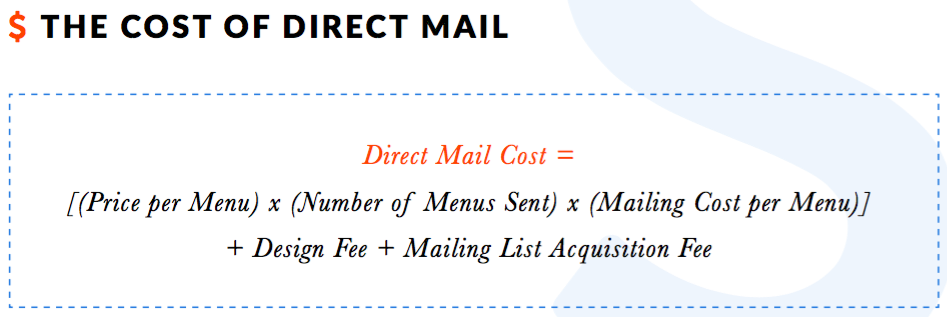
Design & Print
The design is a one-time cost, but printing companies can charge anywhere from cents to dollars to tens of dollars for any one asset. Given that the response rate for direct mail is on average 6%, the cost at ten dollars an asset can quickly outweigh the benefit.
Distribution
For distribution, there are two options: drop off or list-buying.
For larger companies, you may want to buy a list of names of people who meet certain criteria that you deem important, like proximity to your restaurant, age group, and more. These can help you target the right audience and improve your response rate. You’ll also have to pay for all postage before you can send it.
Many single-location restaurants may find this option takes too much time, and might not be worth the cost. Instead, sending out employees to drop off flyers to local neighborhoods or condo buildings will maximize your return.
Building Your Restaurant Marketing Budget
It's important to think about all of these elements when selecting which type of marketing will be most helpful for your restaurant. If you’re thoughtful in your planning approach and diligent with tracking your budget, you’ll be able to manage and spend your restaurant marketing dollars wisely and notice an influx of new customers.
Related Restaurant Marketing Resources
Is this article helpful?
DISCLAIMER: This information is provided for general informational purposes only, and publication does not constitute an endorsement. Toast does not warrant the accuracy or completeness of any information, text, graphics, links, or other items contained within this content. Toast does not guarantee you will achieve any specific results if you follow any advice herein. It may be advisable for you to consult with a professional such as a lawyer, accountant, or business advisor for advice specific to your situation.
Read More
Subscribe to On the Line
Sign up to get industry intel, advice, tools, and honest takes from real people tackling their restaurants’ greatest challenges.


